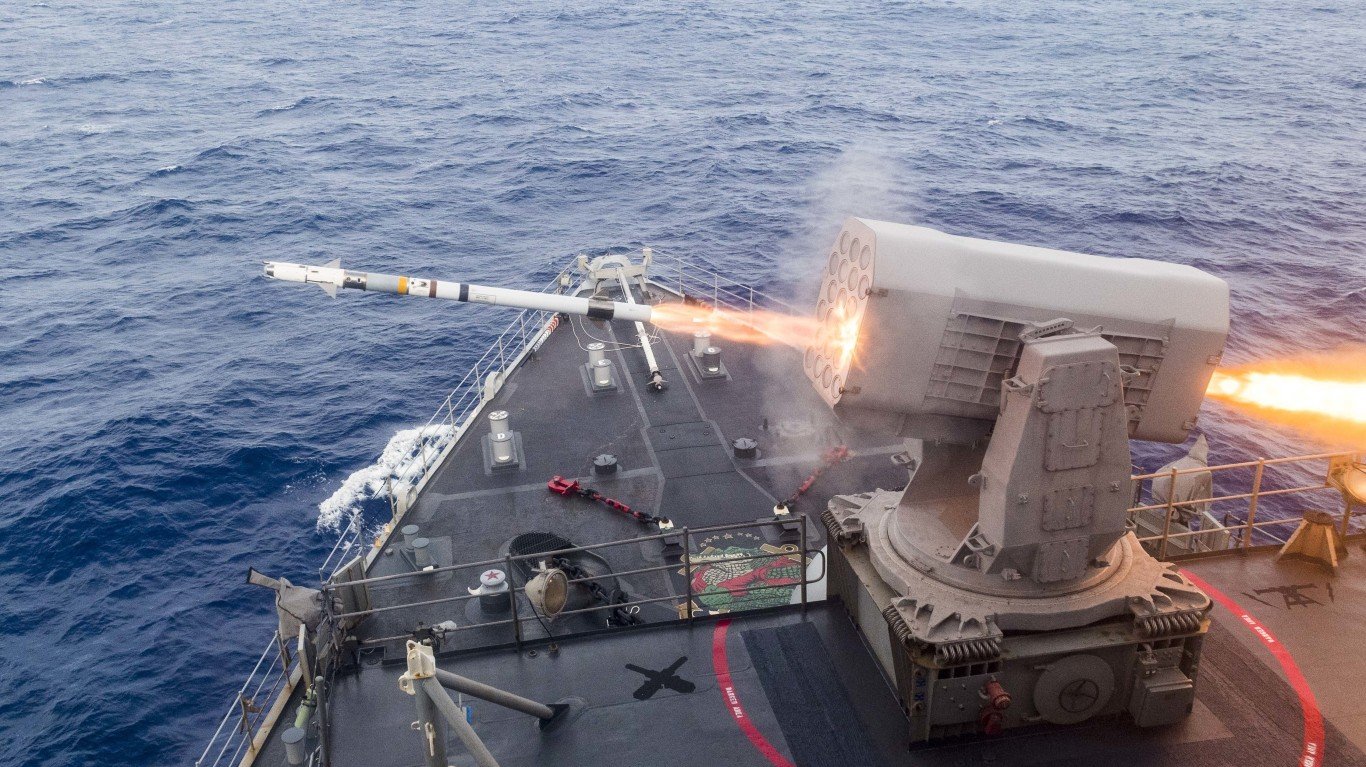

That there are sharp partisan differences among Americans these days is hardly news. According to a recent survey, just 40% of the country thinks the United States is headed in the right direction. More than half (53%) believe it’s headed in the wrong direction, and 7% don’t know where it’s headed.
As the report’s authors point out, answers to “directional” questions tend to be more negative so it may be surprising to learn that the percentage who believes the country is headed in the right direction actually improved by three points year over year. The partisan divide remains solid, however: 80% of Democrats think the country is headed in the wrong direction while 68% of Republicans think it is headed in the right direction.
The survey sponsored by the Ronald Reagan Presidential Foundation & Institute was released last week and the main finding might be summarized this way: “[A]bout two of five Americans offered partisanship [25%] or poor political leadership [14%] as the most important problem facing the country today. Concern over partisanship and polarization is consistent across demographic and political sub-groups—no one is particularly happy with today’s politics.”
Another example of the partisan divide is what Democrats and Republicans believe are the most important single issues facing the country. Among Democrats, the economy and jobs (12%) and climate change (9%) are the big issues, while among Republicans the top issues are immigration (12%) and border security (5%). Only 4% and 1% of Democrats think immigration or border security, respectively, are the country’s biggest problem, while 9% and 4% of Republicans see the economy or climate change, respectively, as the top issues.
The survey’s assessment of which nations are or are not U.S. enemies is particularly interesting. Americans are significantly more concerned about cyberattacks on government computers and the country’s electrical grid or on personal computers and accounts (89% and 87%, respectively) than nuclear war (58%), conventional military attacks (56%) or an attack on U.S. space assets, such as satellites (62%).
Americans are also relatively concerned about a terrorist attack on the homeland and political divisions in the United States leading to violence (84% each).
When asked where the United States should concentrate its military forces, 37% said the Middle East, more than double the number (16%) who would concentrate U.S. forces in East Asia. Active-duty military households also registered an equal focus on the Middle East and a higher focus (23%) on East Asia.
When asked to identify the top threats, 82% said they view Iran as an enemy, while 72% named Syria and 70% named Iraq. Saudi Arabia’s image improved year over year, rising from an ally rating of 38% to 47% and declining in its enemy rating from 53% to 48%.
The largest shift on the ally-enemy scale was registered by Turkey, which was named as an enemy by 35% of those surveyed in 2018, compared to 47% who view the country as an enemy this year.
More Americans (60%) consider China an enemy than an ally (36%). Afghanistan (68%) and Pakistan (61%) are both still considered to be U.S. foes.
Russia is viewed as a slightly greater enemy this year, up from 71% to 73%. The big change comes in the percentage of Americans who believe that Russia is an ally. Russia’s ally score rose from 19% in 2018 to 28% in 2019. The report noted: “This improvement is predominantly driven by Republicans who have responded to positive cues from President Trump about Russia.”
Russia is still seen as the greatest threat to the United States by 25% of Americans, second only to China at 28% and ahead of North Korea at 14%. No other country broke into double-digit territory, although Iran came close with 9%.
Nearly a quarter of Americans (24%) say that Russia is sponsoring cyberattacks on the United States and 21% say the country is providing aid to Iran and other “rogue regimes,” while 20% say the biggest threat from Russia is its interference in U.S. elections.
The specific threat Americans fear most from China (33%) is the country’s $1.3 trillion holdings of U.S. debt. Just over half as many (17%) think the major threat is China replacing the United States as the world’s top superpower. Nearly two-thirds of Americans see China as an economic (64%) rather than military (15%).
The survey’s authors conclude: “Our data appear to show that post-Cold War attitudes are in transition; from a world where conventional military threats dominated our consciousness to a world where cyber-security and artificial intelligence threats are upper-most in our minds.”
That is not to imply that the United States faces no traditional military threat or that it will win a military conflict just by showing up.
The Reagan Institute survey was conducted by telephone (half landline calls, half wireless) with 1,003 U.S. adults between October 24 and October 30, 2019. An average interview lasted 23 minutes, and the margin of error is +/- 3.1% for the entire sample.
Thank you for reading! Have some feedback for us?
Contact the 24/7 Wall St. editorial team.
 24/7 Wall St.
24/7 Wall St.
